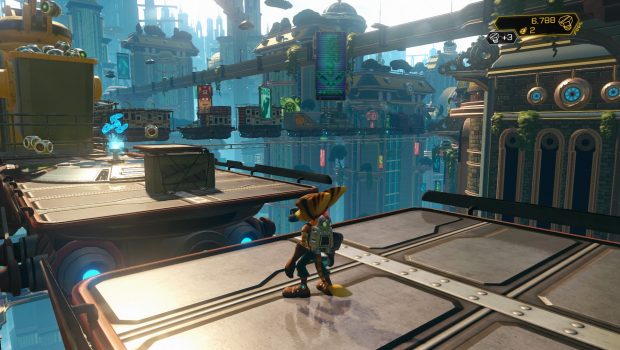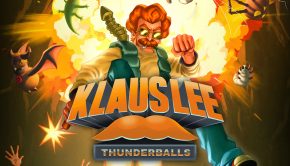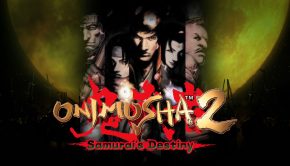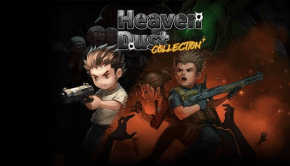Ratchet and Clank 2016 PS4 Review
Summary: Ratchet and Clank packs a sentiment and graphically stunning punch, but remains imperfect beneath the surface.
4.4
Nostalgic
I had my first taste of the reimagining of Ratchet and Clank at EB Expo last year. I played through part of the planet Kerwan (where you must leap between boxes on a moving train) and as somebody who loved Ratchet and Clank on the PS2 when I was a kid, this new edition was an exciting, nostalgic experience, while also being an entirely new game.
Ratchet and Clank (2016) manages to capture the essence of the Ratchet and Clank games I remember while also bringing them forward into the world of this console generation. My memory of the PS2 games is of chaotic combat, silly weapons, and full, lively worlds, but I know my memory is lying to me; the spaces (and loading screens) of the PS2 games were limited by hardware, and there was much more sparsity in reality than in my mind’s eye. Rather than capture the reality and leave me disappointed, Ratchet and Clank (2016) manages to create my childhood memories.
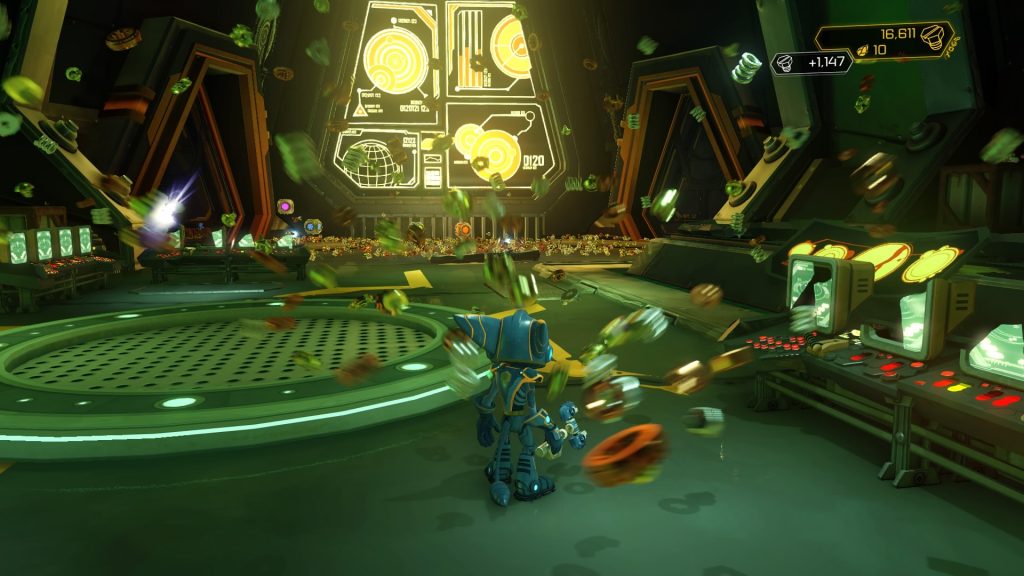
Although some of the gameplay feels much stronger and user-friendly now than it did in the PS2 glory days, such as swinging between platforms, some gadgets are still glitchy or difficult to use consistently. Trying to jump between rails while using grind boots can sometimes result in you simply jumping on the spot, and the hologuise needed to sneak into a space station late in the game only equipped for me half the times I selected it, leading to me being caught and needing to restart a frustrating number of times.
Ratchet and Clank (2016) has an interesting dual audience: it is trying to appeal to a new generation of children while simultaneously trying to satisfy those who have returned to the title filled with whimsical memories. This is a difficult task and has led to a game having a bit of an existential crisis: even on ‘normal’ difficulty, some of the puzzles and combat can be surprisingly challenging (even when glitches aren’t interfering), but the dialogue and cut scenes are still filled with awkward, childish humour. Jokes about the children and their ‘social medias’, or excessive comments about Ratchet and Clank having holo-games and holo-films made after them (as well as holo-games made about those holo-films), wear thin. Perhaps I am simply a decade too old for them.
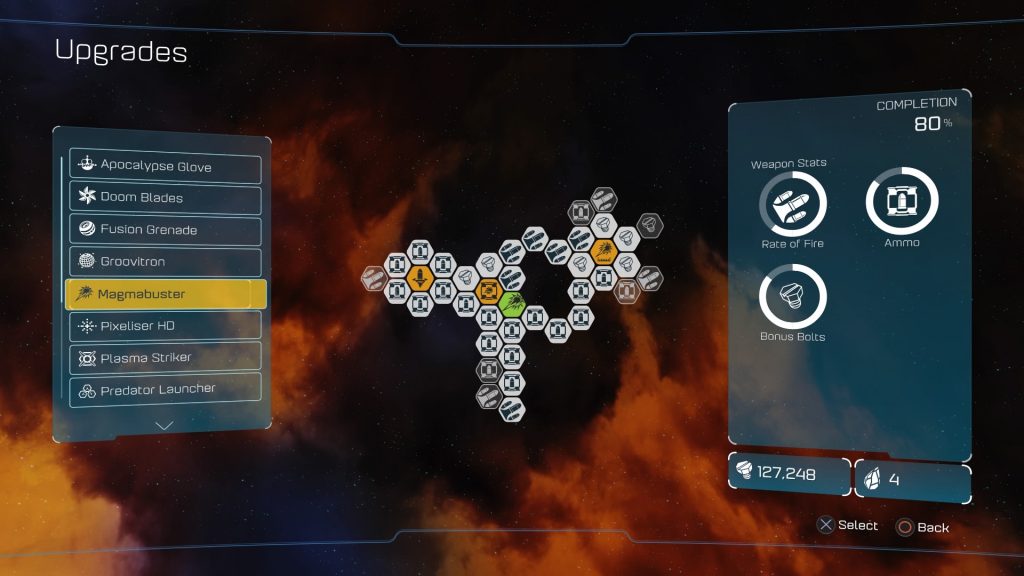
Besides new jokes, Ratchet and Clank (2016) has some other new features. Borrowing from a couple of the later Ratchet and Clank titles that I never played, this reimagining features a weapon upgrade system that requires you to purchase hexagons at Gadgetron vendors using raritanium, a resource collected in special locations on each planet as well as through combat with enemy creatures and Blarg. I like tangible weapon upgrade systems like this, but it felt very limiting; although there are a variety of upgrades available (such as rate of fire, ammo capacity, duration of effects, greater damage, or increased drop-rate of bolts, raritanium, or holocards), only three of these types of upgrade can be applied to each weapon. This means that, although the upgrade system looks like it is filled with choice, realistically it is still quite linear and restricted.
Holocards in Ratchet and Clank (2016) add a new collectible element to the game. There are sets for different weapons the player has unlocked, worlds they have visited, and characters they have met. Every time you find a full set of cards, a perk is unlocked (generally increased drop-rates or unlocked guns for Challenge Mode, which is Ratchet and Clank’s ‘New Game +’). Sometimes it feels like you are collecting holocards simply so that you can collect more holocards; I am somebody who loves collecting in games, but this process sometimes became tedious and demotivating.
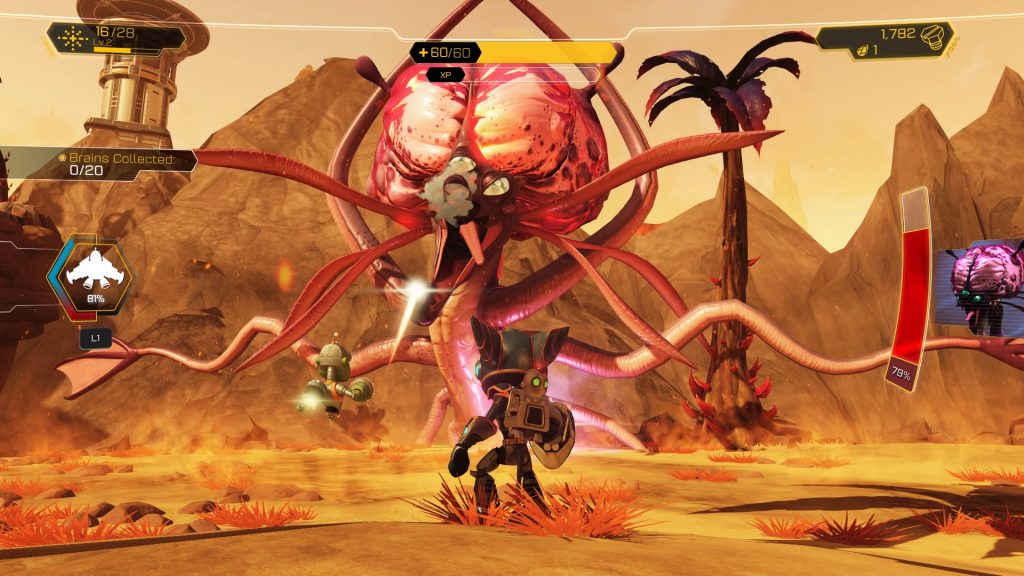
My favourite type of collecting in Ratchet and Clank was always been searching for a certain number of a particular resource. In Ratchet and Clank 2: Locked and Loaded—known as Going Commando for those outside Australia / Europe—there were challenges where you explored deserts and arctic worlds looking for raritanium crystals and gathering them with a giant drill. In Ratchet and Clank (2016), you visit Gaspar and there you are charged a similar challenge: the task of collecting telopathopus brains for a Blarg scientist who wishes to create an army so that he can fight the people who keep stealing his sandwiches from the staff refrigerator. To break this down, you are taking the brains (90 total) of the native creatures of Gaspar for a scientist who is working for the enemy so that he can make an army. While zipping between floating islands with a jetpack and collecting obscure, hidden objects is wonderful, time-consuming fun, the underlying messages here are confusing and problematic. I don’t mind destroying enemies when they are actively trying to hurt me and I am the innocent one, but going into a creature’s habitat and then shooting it to death when it gets a bit mad at me for invading its home feels very uncomfortable.
Overall, Ratchet and Clank (2016) has definitely brought the classic series to a modern audience, warts and all. Though it has made the graphics more beautiful, there are some gameplay, dialogue, and narrative peculiarities that perhaps should have stayed in the past. For a game that was based on a film that was based on a game, it does a good job of being a positive experience in its own right, and I am curious to see if the series continues to modernise and improve.
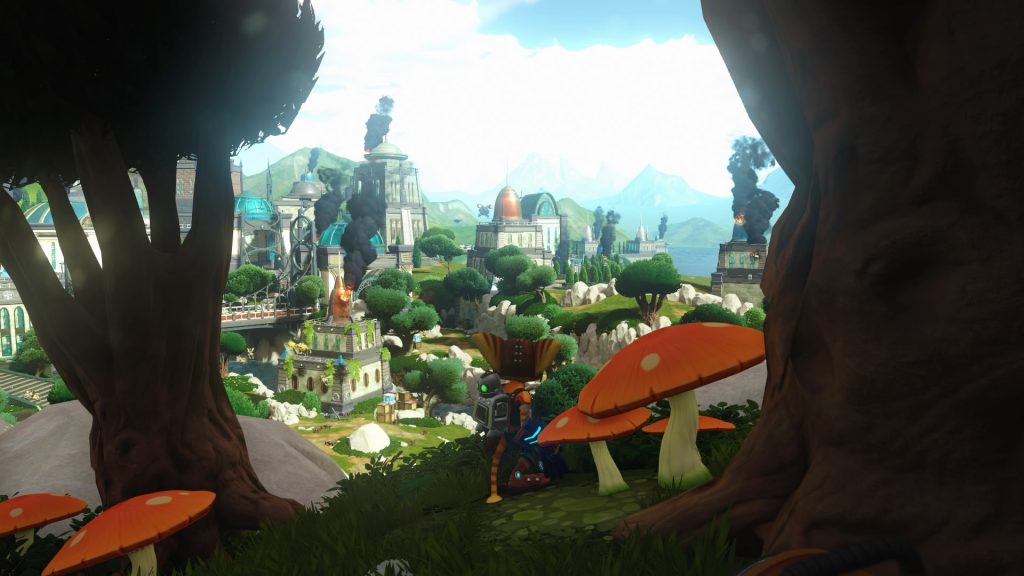
Game Details
Title: Ratchet and Clank
Developer: Insomniac Games
Publisher: Sony Interactive Entertainment
Genre: Platformer, shooter
Platform(s): PS4
Rating: PG
Reviewer: Alayna Cole


